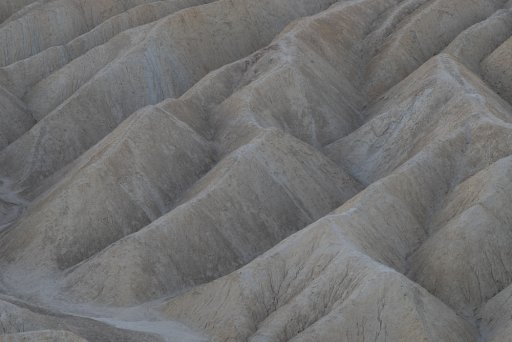A note on expected weather conditions in case you need to plan. Our highest elevation campsite will be near Racetrack Playa which is at 3700 feet. In December it's entirely reasonable to expect overnight temperatures in the 30s, and being the hardy photographers that we are we'll be standing around in those kinds of temperatures waiting for the sun to come up

Beyond a good camping setup, I also recommend bringing spare batteries as the cold tends to shorten battery life.
Some more night and cold night photography tips
1) Buy a roll of Gaffers tape (I use Gaffer Power Made in the USA Premium Grade Gaffer Tape because it sticks well and does not leave any GOO on my gear. I buy it from them direct gafferpower.com or on amazon).
- Get your focus set on a bright star early in the evening then switch to full manual mode and tape your lens so it does not change. (tape your zoom ring too if using a zoom lens)
- Use this to cover up your blinking lights (you'll be shocked how someone's blinking red "writing to card" light casts an unremovable red color cast in your night photos! the blue green Sony ones are worse)
- Add grip to slick places on your camera and tripod
- Use a hole punch to punch out dots and put them on nearby similar sized camera buttons / controls so you can tell them apart by feel (yes with gloves on)
- Get a sharpie marker and wrap 2 feet of tape around the body to keep in your photo bag. You can slit the wide roll down to thinner strips with a razor knife as it comes off the roll and have a couple of sizes ready on your sharpie.
2) Wrap your upper tripod legs (Especially if you have a metal tripod!)
- This is good for keeping cold metal or carbon fiber away from your body.
- Increases diameter and adds some squish, to make it eaiser to grip in the cold with gloves on
- You can use pipe insulation and the gaffers tape above for an inexpensive setup
- LensCoat LegCoat Wraps are better. Lower profile and more grippy between the leg and wrap. (LegWraps, LensCoat or via BandHphoto.com)
3) Get a set of "wrist reflector bands" used by joggers and cyclists for night visibility
- Put one on each tripod so you can find yours in the dark w/o using a flashlight.
- Velcro ones are better than "snap bracelet" or plastic clip ones.
- Look for them locally by the kids bikes in dept stores or on amazon
4) Get a remote release for your camera.
- I prefer wired when in groups because we've had some interference with wireless ones in the past.
- Get one that can do timed shots of at least 30 mins.
- DO NOT use IR wireless "selphy" remotes as the "invisible" IR light may mess up night shots when the camera sensor picks up the IR light.
- Phone apps are NOT the way to go here.
5) Head lamps are better than flashlights. Try to get one that is CRI90+ and has brightness that can be turned way down that way you can use it for light painting.
- You are going to have your hands full and still need to see.
- Be sure to ask before turning on either as everyone's shot will get messed up if a flash light comes on.
- I like the older version of the NITECORE HC60M with the "ultra low" 1 lumen mode
6) If you're shooting SLR be sure to close your eyepiece / cover it when taking longer exposures (1 sec+) as light can get in from behind. Mirrorless folks don't need to worry about this.
7) Someone should pick up some glow sticks. When you are done with "serious" photography at a given site crack a few glow sticks and have some fun. Setup for a 30-120second exposure then Draw what you like with a beautiful DVNP setting as the backdrop. "Terminator Time travel" Energy balls can be made by tying 1 or more colors of glowstick on a length of paracord and swing it in a circle in front of you while spinning 360* around slowly on your heel. :D
And another thing to keep in mind for those of us who don't hit cold weather too often, it's a good idea to put a cold weather additive in your washer fluid to stop it freezing. This happened to a buddy of mine when we were out in Moab a couple of years ago, and he ended up having to replace his washer fluid tank. In my experience, washer fluid sold in the Bay Area is not suitable for temperatures below freezing, but many places sell the lower temperature additive.
Another reminder for those in warmer climates, Check your rig's battery. There are batteries for "Northern" and "Southern" states with different chemistry. Folks from Tx, SoCal, etc get stranded here in Co often when the temps drop and the battery fails to take a charge. Likely to be really bad this year for anyone who has not been driving as much due to lockdowns.
Wish I was able to meet up with all of you!
Boort







